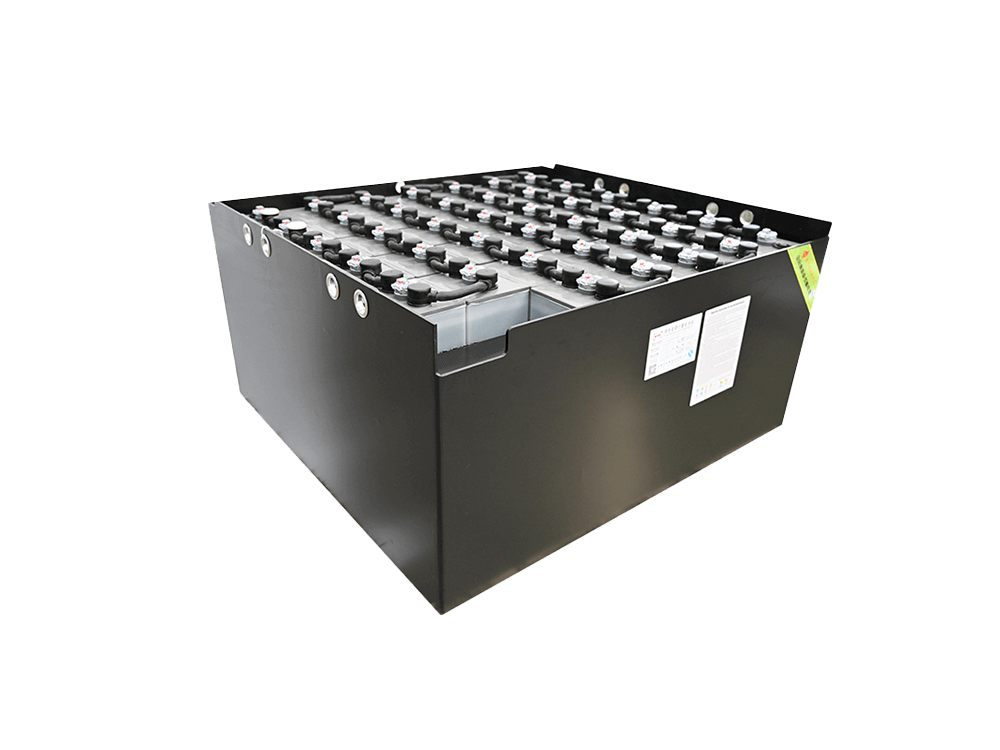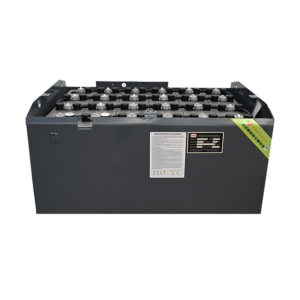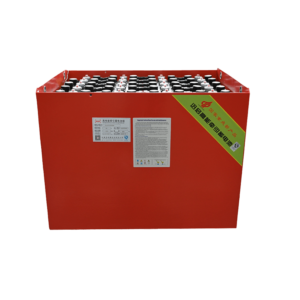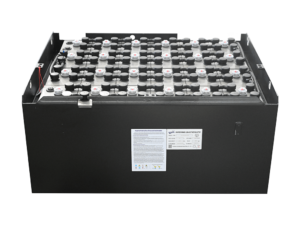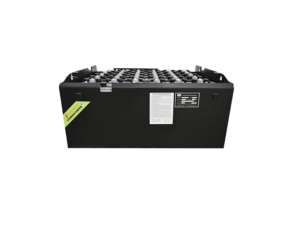In the realm of energy storage, lead-acid traction batteries have emerged as a reliable and efficient power source for various applications, especially in the transportation sector. This article will delve into the intricacies of lead-acid traction batteries, exploring their advantages, applications, working principles, maintenance considerations, environmental impact, and more. By understanding the unique characteristics and potential of lead-acid traction batteries, we can gain insights into their role in shaping the future of transportation.
目录
What is a Lead-Acid Traction Battery?
A lead-acid traction battery is a type of rechargeable battery commonly used in electric vehicles (EVs), forklifts, golf carts, and other applications that require high-energy density and robust power output. It is designed to provide sustained energy for extended periods, making it ideal for powering vehicles that demand high performance and endurance.
The Advantages of Lead-Acid Traction Batteries
Lead-acid traction batteries offer several notable advantages, making them a preferred choice for various applications. Firstly, they have a proven track record of reliability and durability. Their long-standing presence in the market has allowed for continuous improvements in design and manufacturing processes, resulting in dependable batteries that can withstand rigorous operating conditions.
Secondly, lead-acid traction batteries are cost-effective compared to alternative battery technologies. The manufacturing process for lead-acid batteries is well-established and relatively affordable, leading to competitive pricing. Additionally, their recyclability further reduces costs and promotes sustainability.
Applications of Lead-Acid Traction Batteries
铅酸牵引电池 find widespread use in diverse industries. In the automotive sector, they power electric cars, hybrid vehicles, and electric motorcycles, enabling cleaner and more efficient transportation. Forklifts in warehouses and distribution centers rely on lead-acid traction batteries for their robust energy output and long operational life.
Golf carts, utility vehicles, and recreational vehicles also utilize lead-acid traction batteries to deliver the necessary power for extended periods. Additionally, renewable energy systems, such as off-grid solar installations and backup power systems, often incorporate lead-acid traction batteries to store surplus energy for later use.
Understanding Battery Chemistry: How Do Lead-Acid Batteries Work?
To comprehend the inner workings of lead-acid traction batteries, it is essential to understand their battery chemistry. These batteries employ an electrochemical process involving lead dioxide (PbO2) and pure lead (Pb) as active materials, immersed in a sulfuric acid (H2SO4) electrolyte.
During discharge, the chemical reaction converts the active materials into lead sulfate (PbSO4) and water (H2O). Conversely, during charging, the reaction reverses, converting lead sulfate back into lead dioxide and pure lead while replenishing the acid electrolyte. This reversible chemical reaction allows lead-acid batteries to store and release energy efficiently.
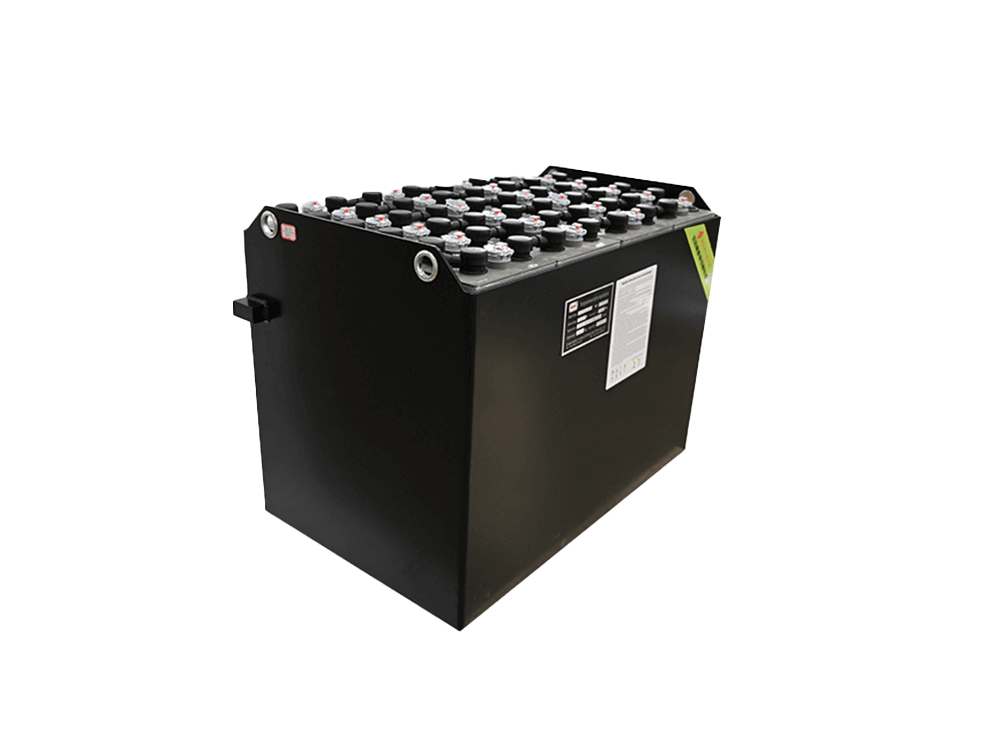
Types of Lead-Acid Traction Batteries
Lead-acid traction batteries can be classified into different types based on their construction and design. Flooded or wet-cell batteries are the most common type, where the electrodes are submerged in a liquid electrolyte. These batteries require periodic maintenance to replenish the evaporated water and ensure optimal performance.
Sealed lead-acid (SLA) batteries, also known as valve-regulated lead-acid (VRLA) batteries, are maintenance-free alternatives. These batteries utilize a valve mechanism to regulate gas emissions and prevent electrolyte evaporation, eliminating the need for water replenishment.
Maintenance and Safety Considerations
Proper maintenance practices are crucial to maximize the lifespan and performance of lead-acid traction batteries. Regular inspections, monitoring electrolyte levels, and performing equalization charges are some essential maintenance tasks. It is also important to avoid overcharging or deep discharging the batteries, as these practices can significantly reduce their lifespan.
Safety precautions must be followed when handling lead-acid traction batteries due to their acid content and potential for releasing hydrogen gas. Adequate ventilation, protective clothing, and adherence to manufacturer guidelines ensure safe usage and prevent accidents.
Environmental Impact and Recycling
Lead-acid traction batteries are subject to environmental regulations due to the lead content and sulfuric acid electrolyte. However, they are highly recyclable, with a well-established recycling infrastructure. The recycling process involves extracting valuable materials like lead, plastic, and sulfuric acid, which can be reused in various industries. By recycling lead-acid traction batteries, we can minimize environmental impact and conserve resources.
Comparing Lead-Acid Traction Batteries with Other Battery Technologies
While lead-acid traction batteries have numerous advantages, it is important to compare them with other battery technologies to understand their relative strengths and limitations. Lithium-ion batteries, for example, offer higher energy density and longer cycle life but come at a higher cost. Nickel-metal hydride (NiMH) batteries provide a balance between energy density, cost, and safety, making them suitable for specific applications.
The choice of battery technology depends on factors such as cost, performance requirements, weight limitations, and environmental considerations. Each technology has its place in the evolving landscape of energy storage, and lead-acid traction batteries continue to be a reliable and cost-effective option for many applications.
Innovations and Future Developments
The lead-acid battery industry is not stagnant, with ongoing research and development efforts focusing on improving battery performance and addressing limitations. Advancements in materials, manufacturing techniques, and battery management systems are driving increased energy density, extended cycle life, and enhanced safety features.
Furthermore, the integration of lead-acid traction batteries with emerging technologies like artificial intelligence (AI) and Internet of Things (IoT) enables intelligent battery management, predictive maintenance, and optimized energy utilization. These advancements pave the way for a future where lead-acid traction batteries continue to evolve, meeting the growing demands of the transportation industry.
结论
Lead-acid traction batteries have established their position as a reliable, cost-effective, and versatile energy storage solution for various transportation applications. With their durability, recyclability, and continuous advancements, these batteries play a crucial role in shaping the future of cleaner, more sustainable transportation. As technology and innovation progress, lead-acid traction batteries will continue to contribute to the electrification of vehicles and the transition towards a greener future.
常见问题
1. Are lead-acid traction batteries suitable for electric cars?
Lead-acid traction batteries are less commonly used in electric cars due to their lower energy density compared to lithium-ion batteries. However, they can still be used in specific electric vehicle applications where cost-effectiveness and robustness are prioritized.
2. How long do lead-acid traction batteries last?
The lifespan of lead-acid traction batteries can vary depending on factors such as usage patterns, maintenance practices, and operating conditions. With proper care and maintenance, these batteries can last anywhere from 3 to 5 years or even longer.
3. Can lead-acid traction batteries be recycled?
Yes, lead-acid traction batteries are highly recyclable. The recycling process involves extracting valuable materials such as lead, plastic, and sulfuric acid, which can be reused in the production of new batteries and other products.
4. Are lead-acid traction batteries safe to use?
Lead-acid traction batteries require proper handling and maintenance to ensure safe usage. It is important to follow safety guidelines provided by manufacturers, such as using protective clothing, ensuring proper ventilation, and avoiding overcharging or deep discharging the batteries.
5. Can lead-acid traction batteries be used in renewable energy systems?
Yes, lead-acid traction batteries are commonly used in renewable energy systems to store surplus energy generated by sources like solar panels. These batteries provide a reliable and cost-effective solution for storing and utilizing renewable energy when it is needed.
如需更多帮助或信息,请随时联系我们:
上海中盛实业有限公司
网站:zospower.com
电话:+86-15026665707+86-15026665707
电子邮件: [email protected]
